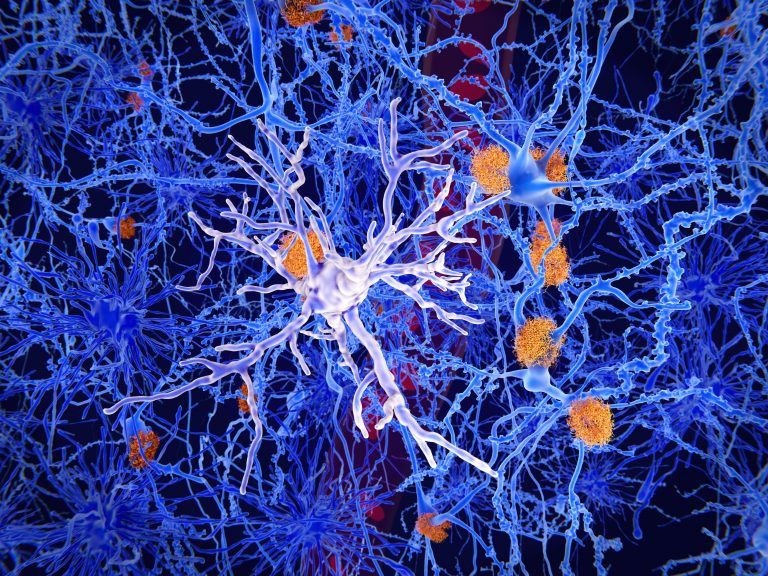
The largest and most thorough high-resolution microglial genomic atlas of its kind has been created by scientists at the Icahn School of Medicine at Mount Sinai.
Their results, published in Nature Genetics, support the idea that microglia may play critical roles in some cases of brain disease, including Alzheimer’s disease, Parkinson’s disease, multiple sclerosis, schizophrenia, and bipolar disorder.
In this study, microglia were extracted from samples of human brain tissue and then underwent a series of gene activity experiments. A total of 255 samples representing four different brain regions were obtained from 100 donors, who were part of the Netherlands Brain Bank and the Neuropathology Brain Bank Research CoRE at The Mount Sinai Hospital.
The average donor was about 73 years old, spanning a range of 21 to 103 years of age. Ninety-six samples came from control donors whereas the rest came from donors who had been diagnosed with a neurological or psychiatric disorder.
The study was led by Katia de Paiva Lopes, Gijsje Snijders, and Jack Humphrey, working in the laboratories of Towfique Raj, Associate Professor of Neuroscience, and Lotje D. De Witte, Assistant Professor of Psychiatry at Icahn Mount Sinai.
Overall, the results both supported previous findings and made new discoveries. For example, microglia gene activity changed with age or in different brain regions, reinforcing the idea that the roles microglia play can vary throughout the brain and at different stages of life. Moreover, aging appeared to alter primarily the activity of genes associated with the immune system.
Shaped like octopi, microglia can be found sprinkled throughout the brain. They are glial cells derived from mesoderm that function as macrophages in the central nervous system and form part of the reticulo-endothelial system.
For nearly a century after they were first spotted, scientists thought microglia served as both the brain’s infection-fighting immune system and clean-up crew. They also thought these cells strictly played a reactive, rather than causative, role in brain disorders.
Recently this view has started to change. For instance, experiments in rodents have shown that microglia may actively shape how the brain is wired. Meanwhile, genomic studies identified potential links between microglia and the risk that certain DNA sequences are associated with developing several brain disorders, including Alzheimer’s disease and multiple sclerosis. However, tying these results to specific genes has proved elusive.
In this study, scientists used genomic techniques to take an in-depth look at the many roles that microglia may play in the brain. The researchers analyzed thousands of microglia from different brain regions of deceased patients who had been diagnosed with a variety of neuropsychiatric and neurodegenerative disorders
Among other findings, the researchers also identified two new genes that may be associated with brain disorders. One gene, called USP6NL, was associated with Alzheimer’s disease while the other one, called P2RY12, was associated with Parkinson’s disease. According to the authors, these results support the idea that the atlas provides the kind of comprehensive guide needed to fully understand the roles microglia may play under healthy and disease states.













